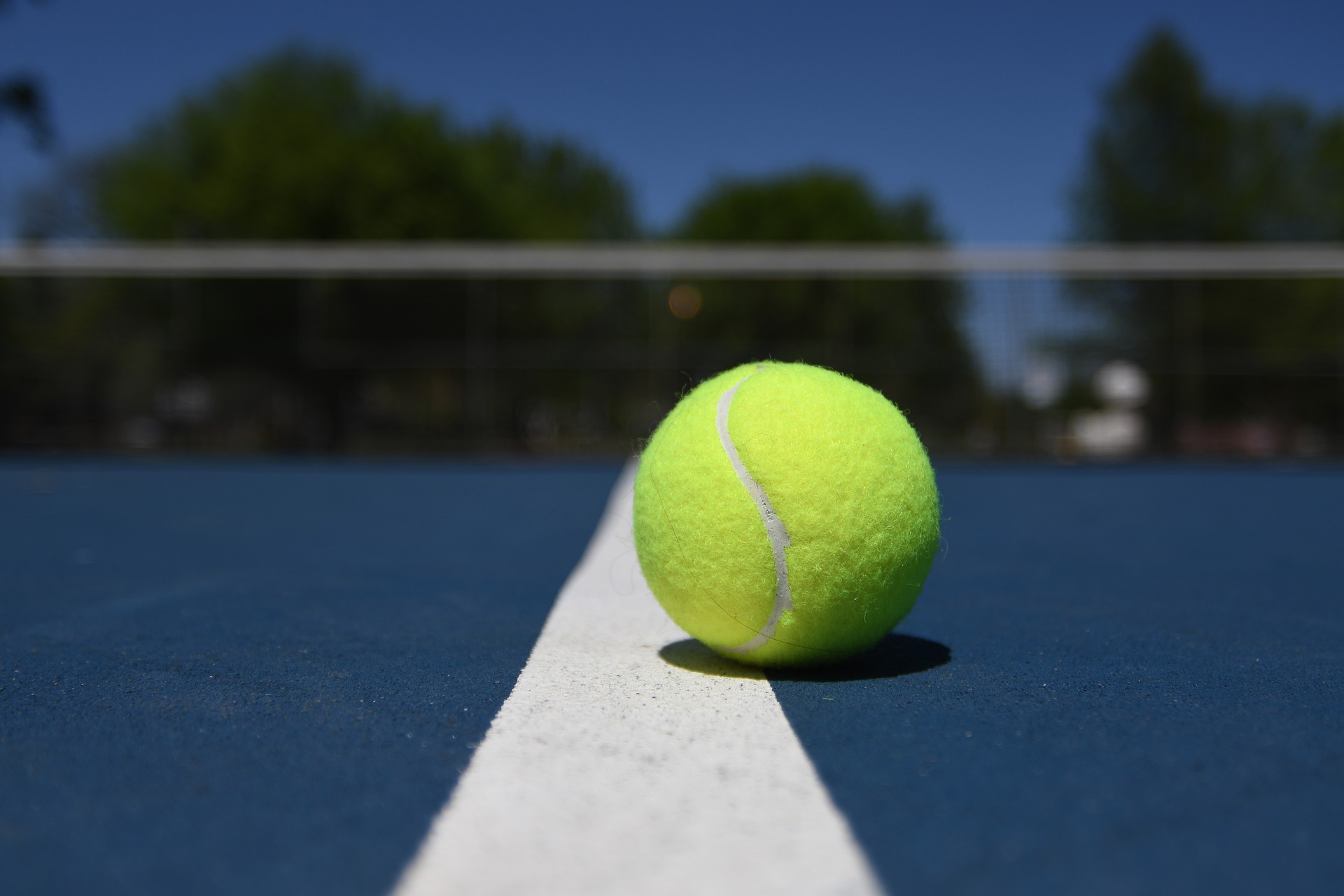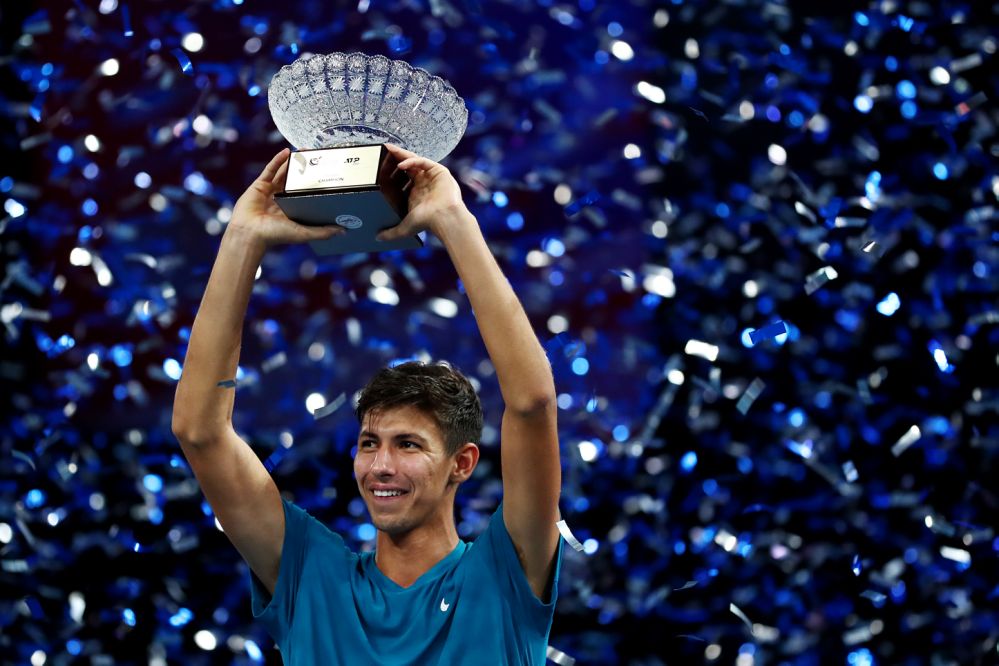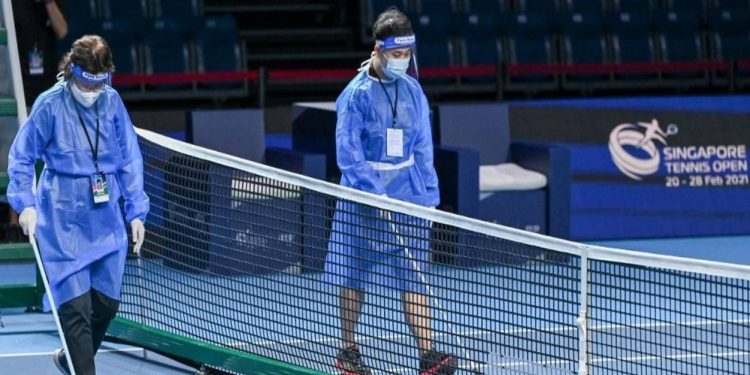As it would be said in the vernacular of youth: Singapore is having a hot minute.
While the world continues battling the rapid contagious nature of COVID-19, Singapore has managed to bring the wildfire down to a smouldering pit for the foreseeable future. While we’re far from being COVID-free, our situation remains far more desirable compared to the conditions our neighbours continue to experience. We’re even starting to see large-scale events happen again, like the Association of Tennis Professionals’ Singapore Tennis Open.
Singapore’s status as a go-to Asian location for just about any event, from Formula One racing, to esports tournaments, is not new.
For the better part of the last two decades, Singapore has been the host to many a concert, convention, and conference, serving as the regional hub for Asia Pacific, and even the world. But the status quo of past years would mean little today if not for Singapore’s quickly, and still, improving COVID-19 situation.
After all, other nations which have had the privilege of serving as international stages to global events have seen cancellations and withdrawals of said events, with Singapore being positioned as an appropriate replacement host. Even the recent Mobile Legends: Bang Bang M2 World Championship, originally scheduled to occur in the Indonesian capital city of Jakarta, was relocated to Singapore due to the former’s continued struggle with containing the pandemic.
Although there were some complications encountered even after the shift, such as three players from the Brazilian team testing positive for the virus, the week-long tournament at Shangri-La Hotel was an otherwise smooth sail.
With confidence in Singapore’s management of both the pandemic and the ability to proceed with a semblance of pre-COVID life only increasing in the eyes of the global audience, more international events are heading towards our modest island-city.
How are we doing it so well?
Set just a week after the Australian Open (in Australia), the ATP’s Singapore Tennis Open launched with great success and little trouble. Held on a single-year license at the OCBC Arena located in the Singapore Sports Hub, the usually packed 3,000 capacity stadium only permitted 250 fans each day, and only for the semi-finals and finals held over the 27 and 28 February. The tournament itself, however, began on 22 February, playing out the preceding rounds before allowing spectators in.

With 28 singles players and 16 doubles teams, local tournament officials were faced with the challenge of providing for the players’ and their teams’ comfort while also ensuring safety standards and protocols were strictly followed. All players were isolated in individual team “bubbles” along with their team members and were not allowed to have close or prolonged interactions with other players. All involved were masked at all times with only players being allowed to unmask during matches and practice sessions.
Tournament staff, from security personnel to food handlers, were equipped with full personal protective equipment (PPE). This precautionary measure applied to all on-ground staff, even racket stringers. Ball kids were equipped with a lighter fare, wearing face shields, masks, and gloves while on court and in need to interact with tennis balls. Even the opening of new cans of tournament balls were done by officials geared in full PPE.
Common areas were sanitised hourly by dedicated cleaning personnel, and officials and participants were contained within partitioned spaces along with their “bubble” members.
A significant departure from past tournaments was the lack of physical interaction between local officials and the travelling guests. Liaison officers who would usually meet players upon their arrival at the airport communicated virtually instead. With the players’ movements strictly controlled and governed, limited to only their official hotel and the stadium, liaison officers were their source of assistance, from ordering food to booking practice sessions, and even shopping.
While all tournament staff were expectedly subject to daily antigen rapid tests and only allowed to proceed if tested negative, the strict measures also applied to the 250 audience members during the semi-finals and finals days. Following a 20 to 30 minute wait for the results, those who tested negative for the virus would be allowed entry but with a successful temperature check and SafeEntry check-in via TraceTogether. Spectators also had to wear their masks throughout the tournament period, and were disallowed from changing seats or interacting with other groups.
Despite all the strict measures, the Singapore Open proved to be a success, especially for Singles winner Alexei Popyrin of Australia, and Doubles champions Sander Gillé and Joran Vliegen of Belgium.

For many, the truly significant takeaway from the tournament is the light at the end of the eventless tunnel it represents. From sporting events to musical concerts, the live performance sector has been badly hit by the pandemic.
With Singapore’s continued success in gradually re-opening doors to theatres, esports tournaments, and now a tennis open, the hope for a return to the old normal is strong. After all, the show must go on… if you’re ready to take a swab test for it.
Join the conversations on THG’s Facebook and Instagram, and get the latest updates via Telegram.












